Our Best Illustrations of 2016
Most current and emerging technologies can’t actually be seen. That’s why the art department here at MIT Technology Review often depicts them with illustrations.
Take deep learning: what on Earth does that look like? Not only is it a complex concept to grasp (for me at least), but there isn't yet a common visual vocabulary for it—no symbolic shorthand, the way an apple and mortarboard can represent education or a money bag and top hat conjures the banking industry.
Thankfully, we work with a world-class group of illustrators who help us bear the conceptual load. Their imagination and hard work are what makes our jobs as art directors possible. (Not to mention it's also what makes our magazine and site look good.)
These are our favorite illustrations from 2016. Each of these pieces strike me as being a small miracle in itself. Now finished, in retrospect, each seems self-evident. But all were tricky to pull off. How would you draw, say, the Internet of things or gene editing?
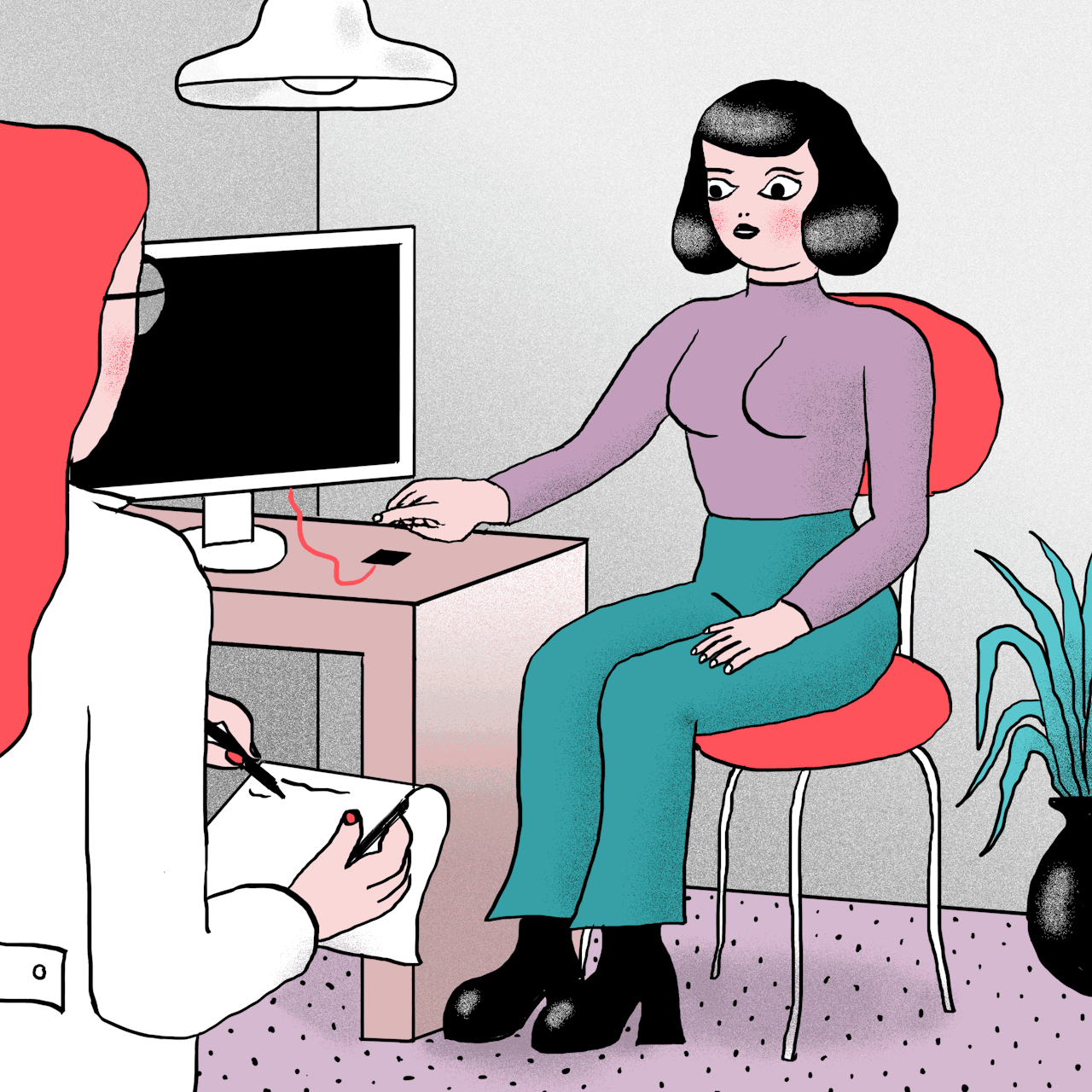
Illustration by Aisha Franz
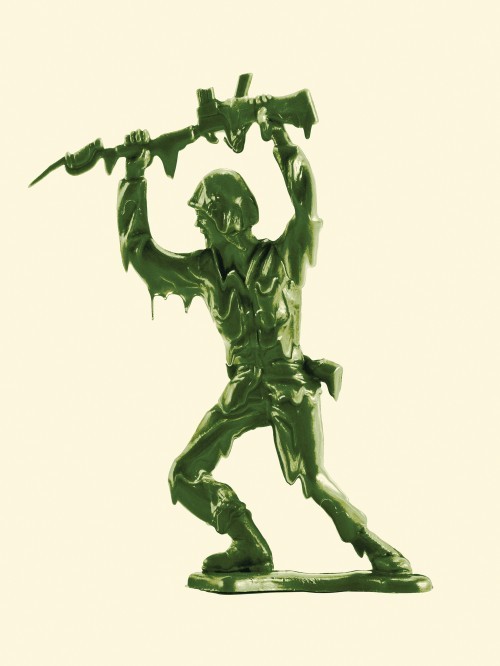
Illustration by Javier Jaén

Illustration by Gwendal Le Bec
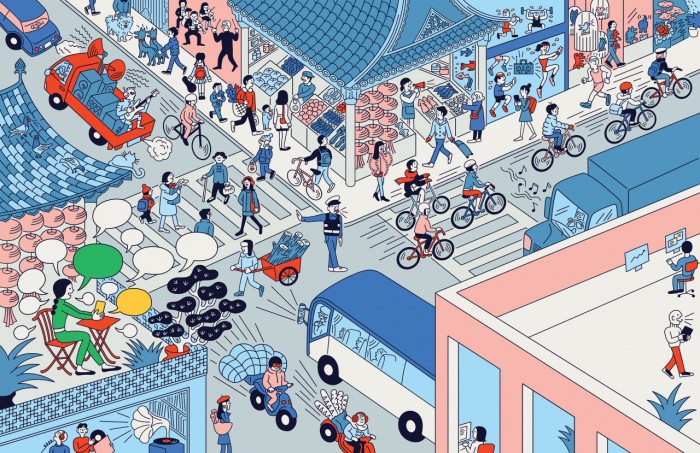
Illustration by Tomi Um
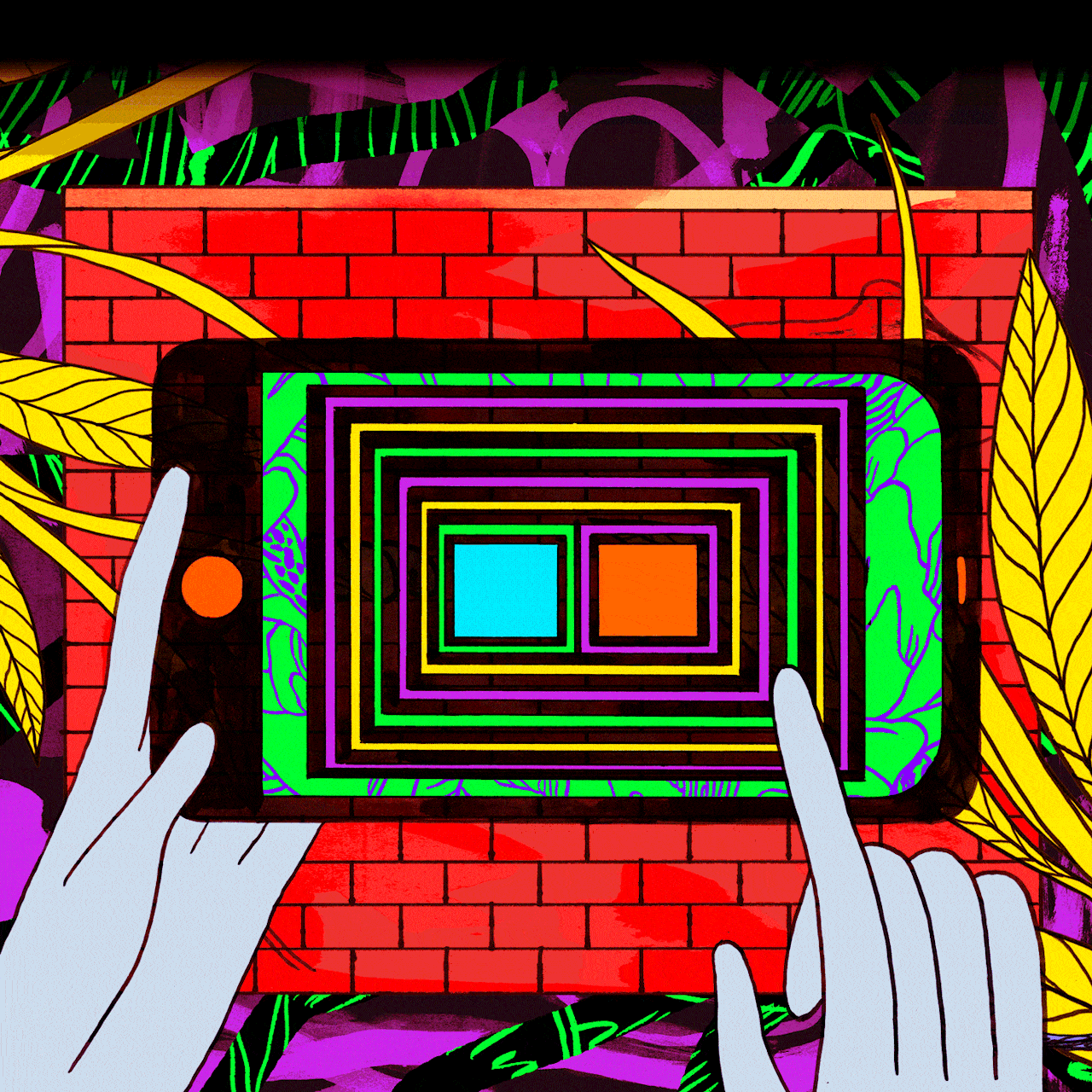
Illustration by Patrick Kyle
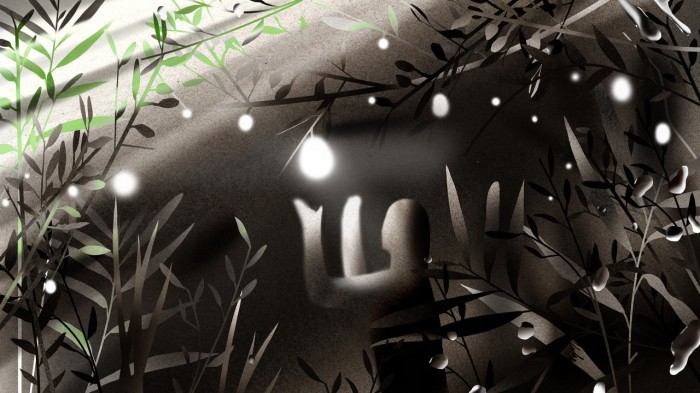
Illustration by Jon Han
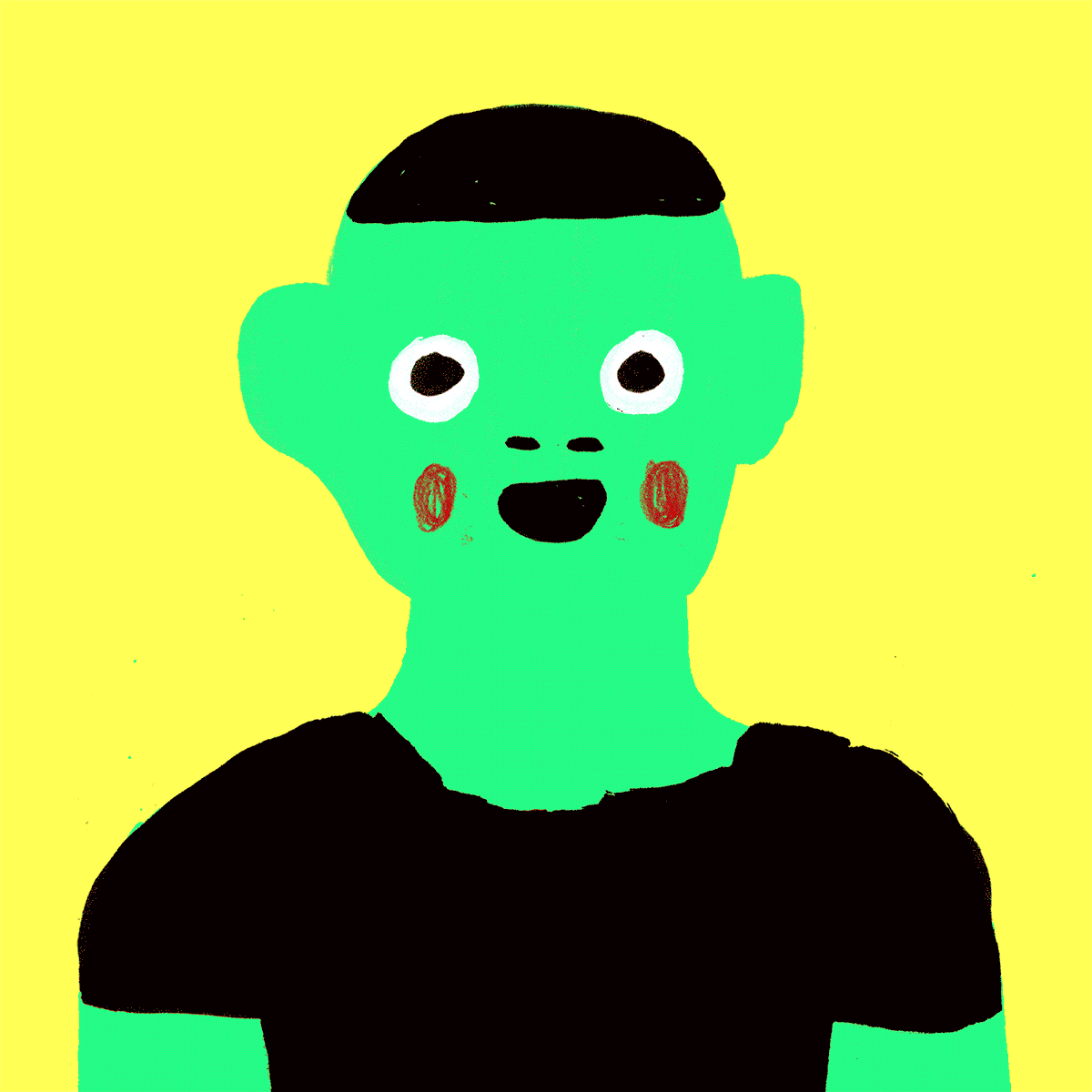
Illustration by Daniel Zender
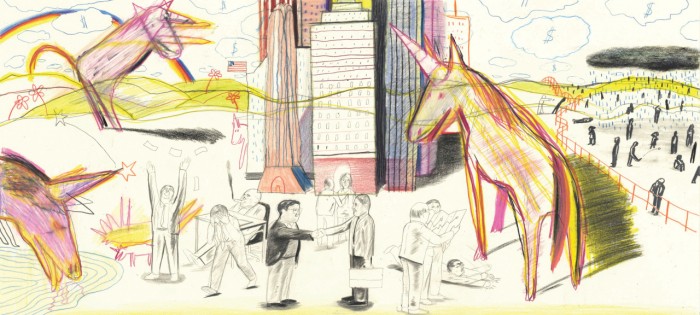
Illustration by Yann Kebbi
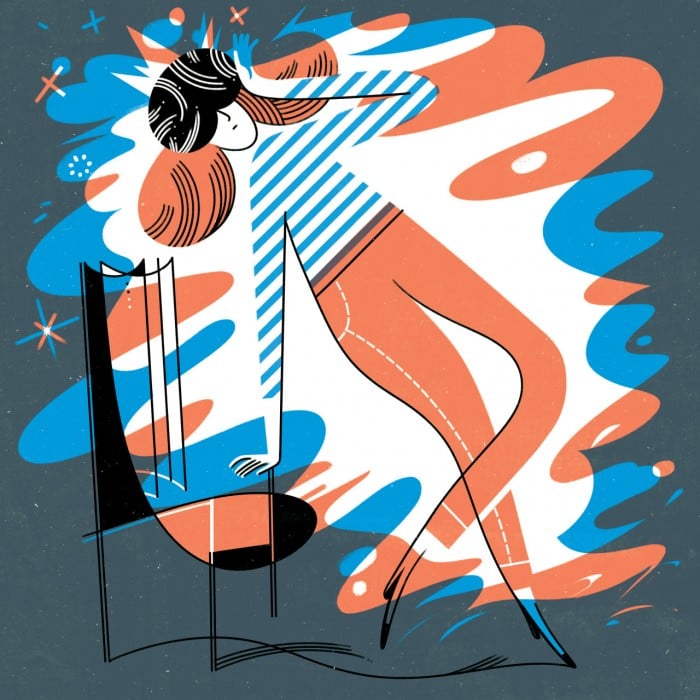
Illustration by Roman Muradov
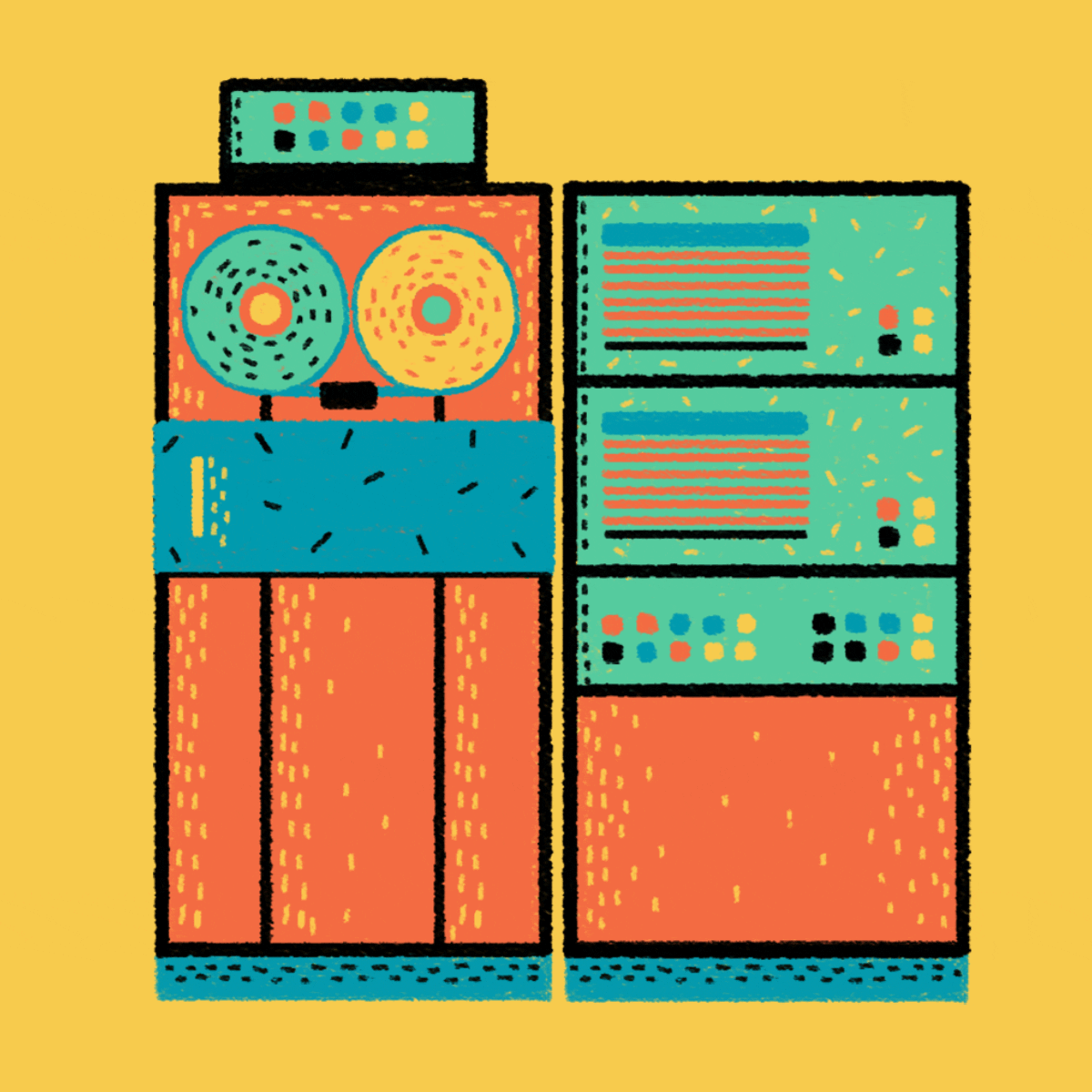
Illustration by Yukai Du

Illustration by John Malta
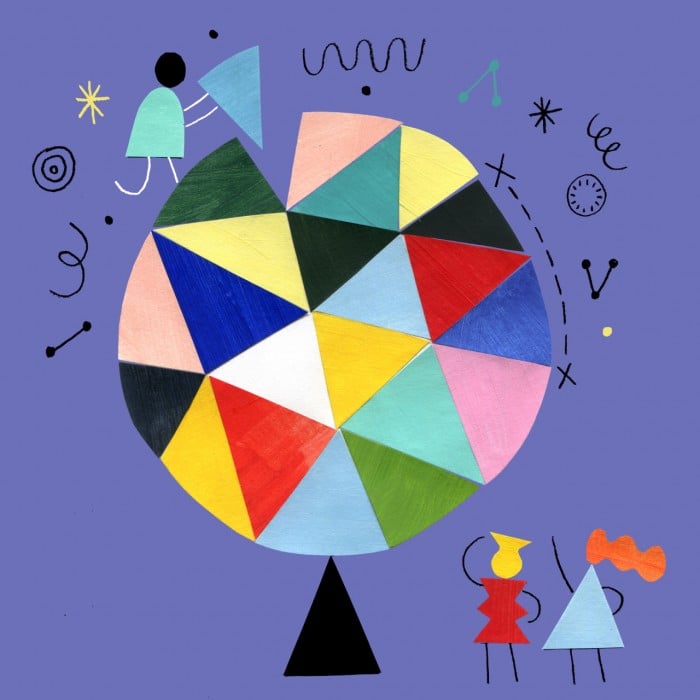
Illustration by Morgan Elliott
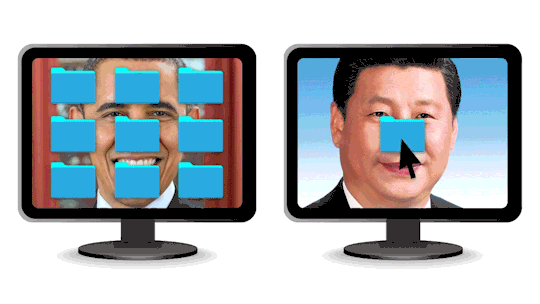
Illustration by Other Means
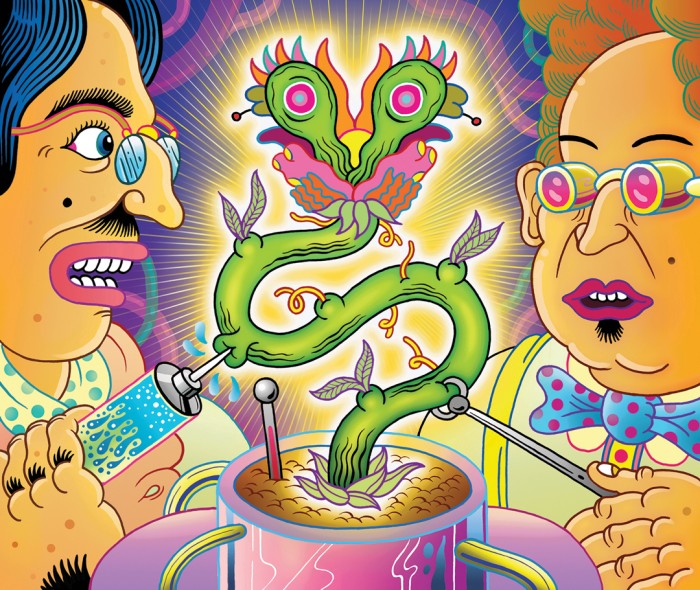
Illustration by Matt Panuska
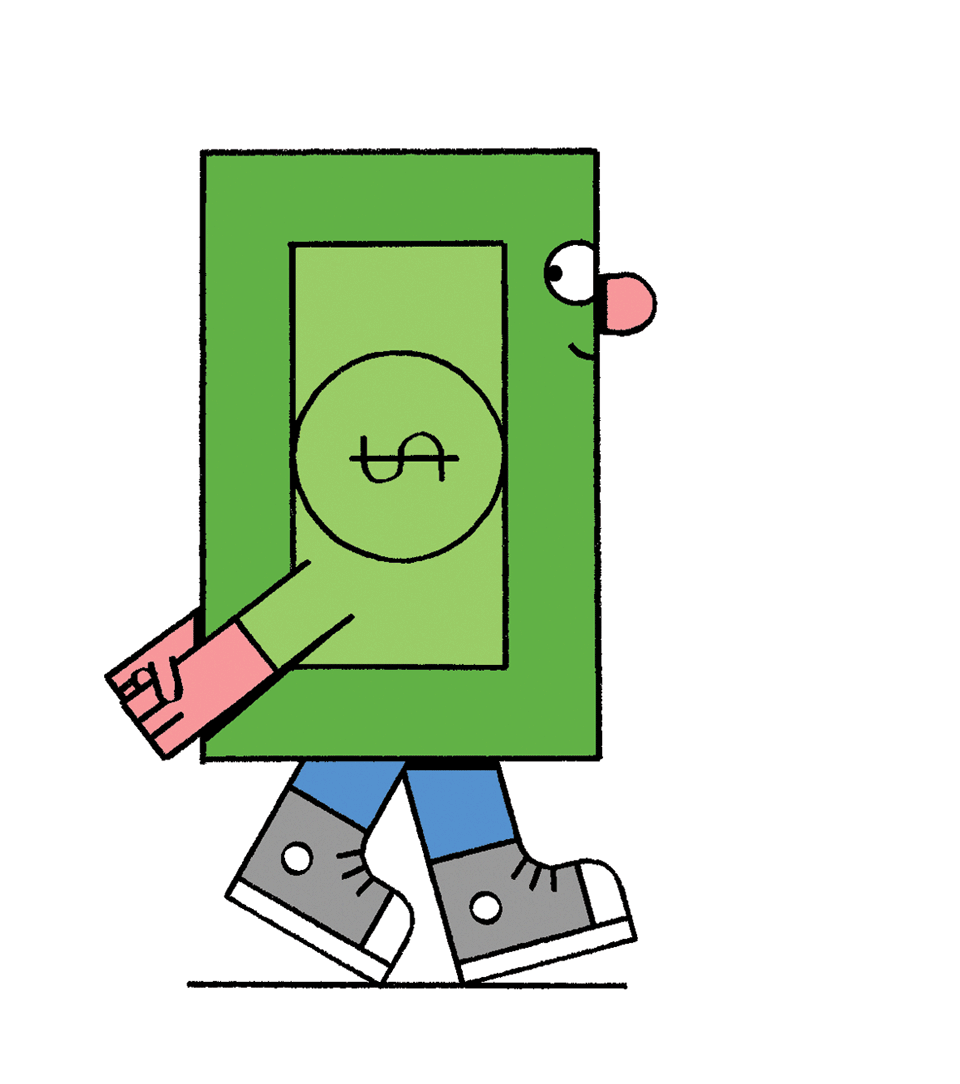
Illustration by Jay Daniel Wright
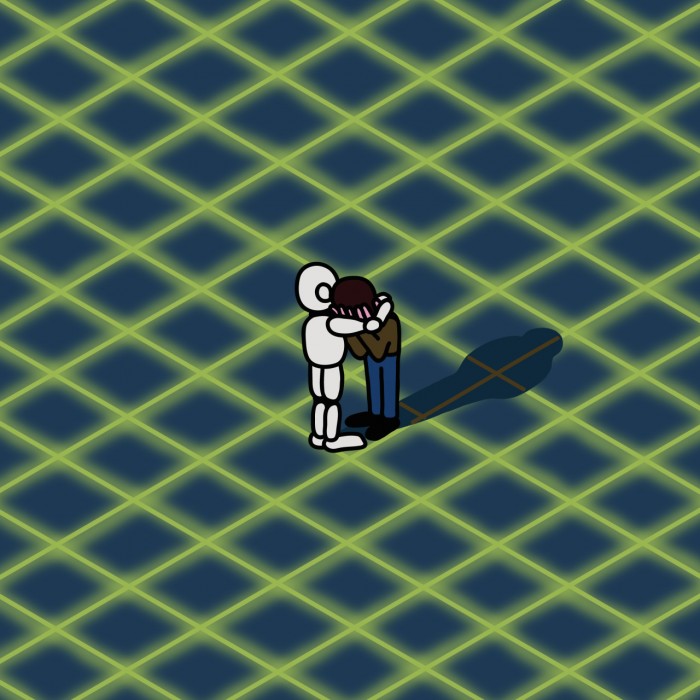
Illustration by Oscar Bolton Green
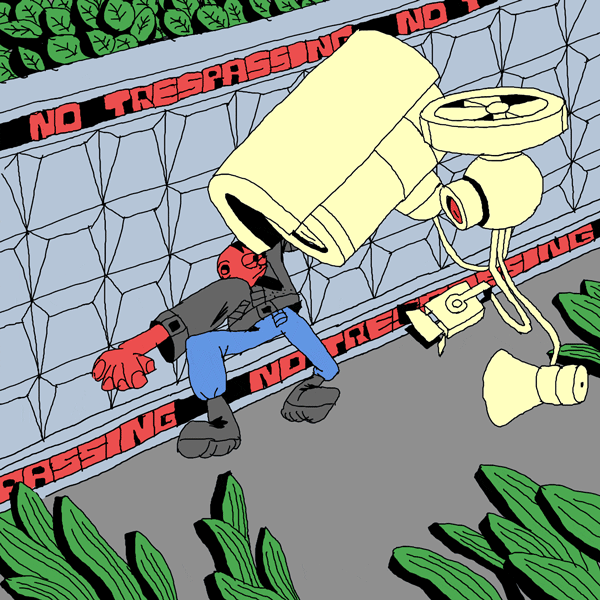
Illustration by Max Litvinov

Illustration by Andy Friedman
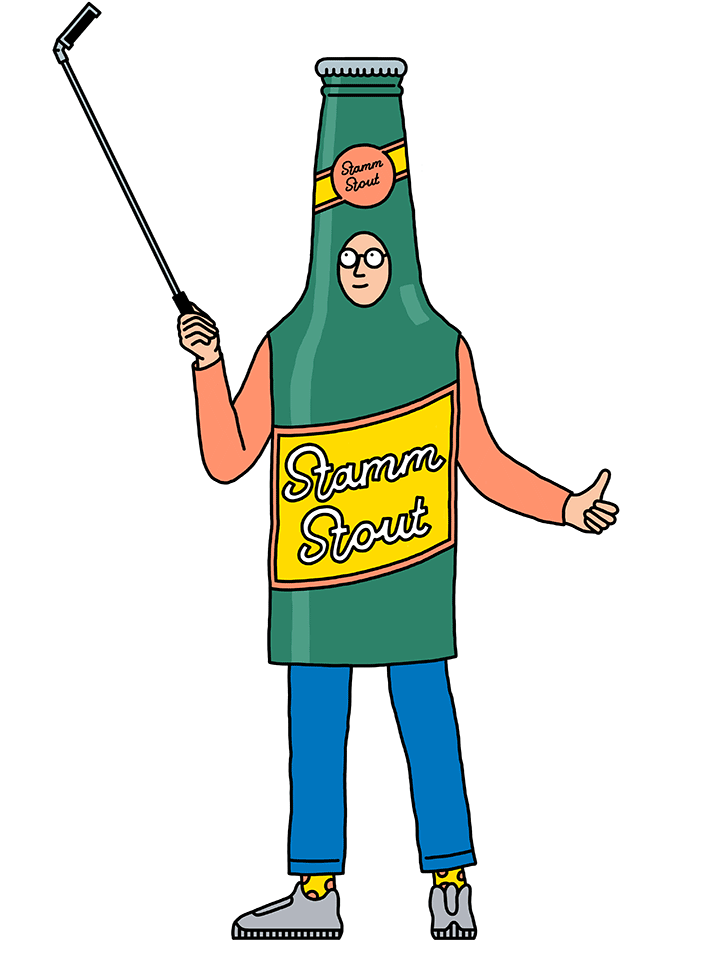
Illustration by Jan Buchczik
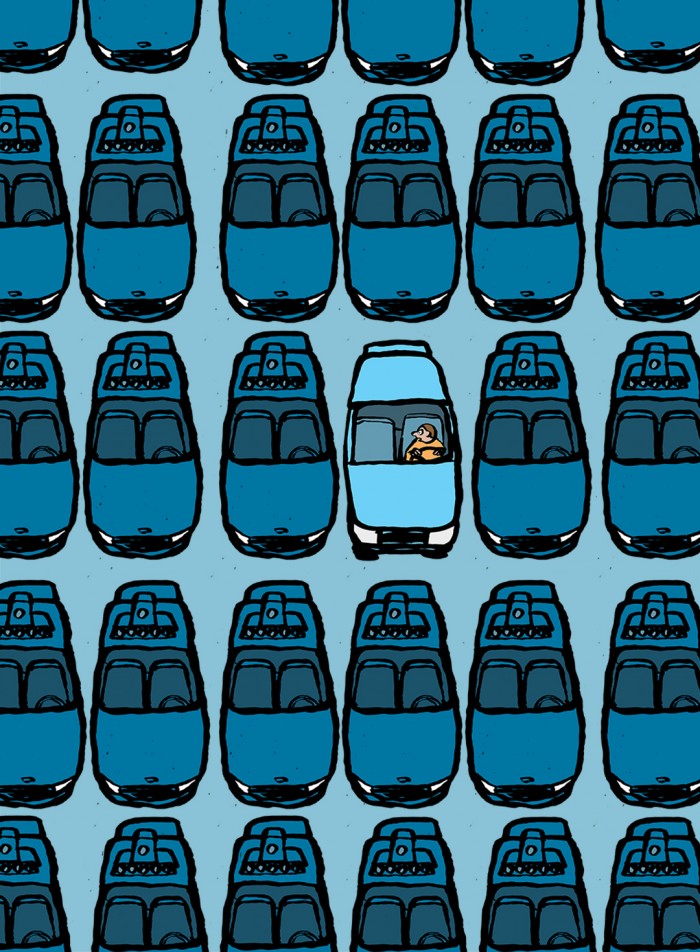
Illustration by Jean Jullien
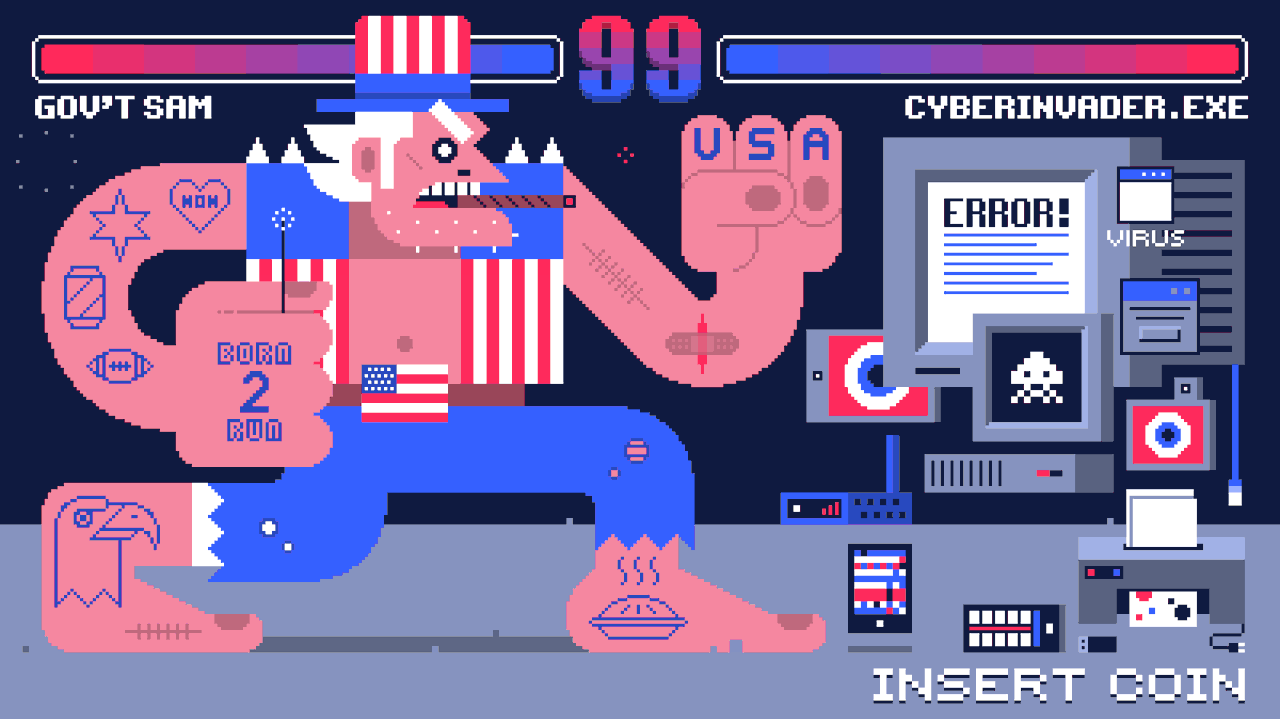
Illustration by Nick Little

Illustration by R. Kikuo Johnson
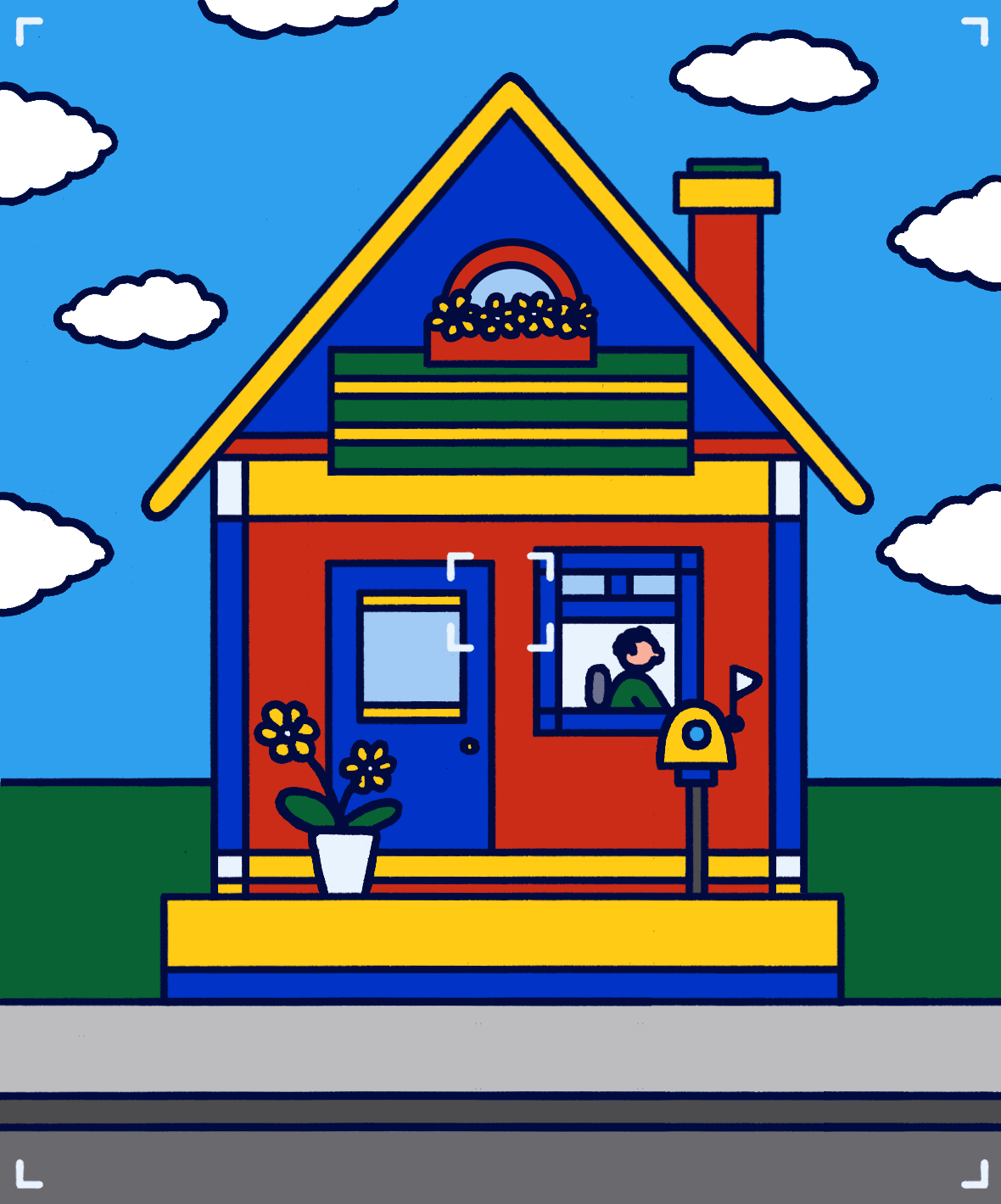
Illustration by David Biskup
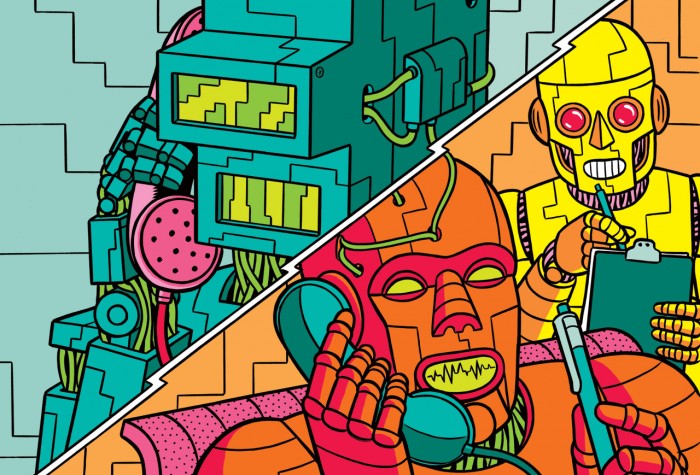
Illustration by Kristian Hammerstad

Illustration by Owen Smith
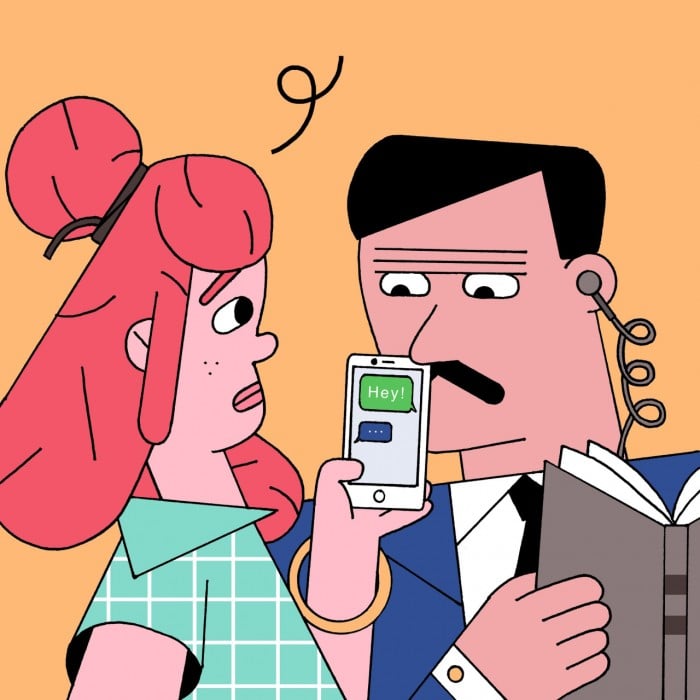
Illustration by Andrea Chronopoulos
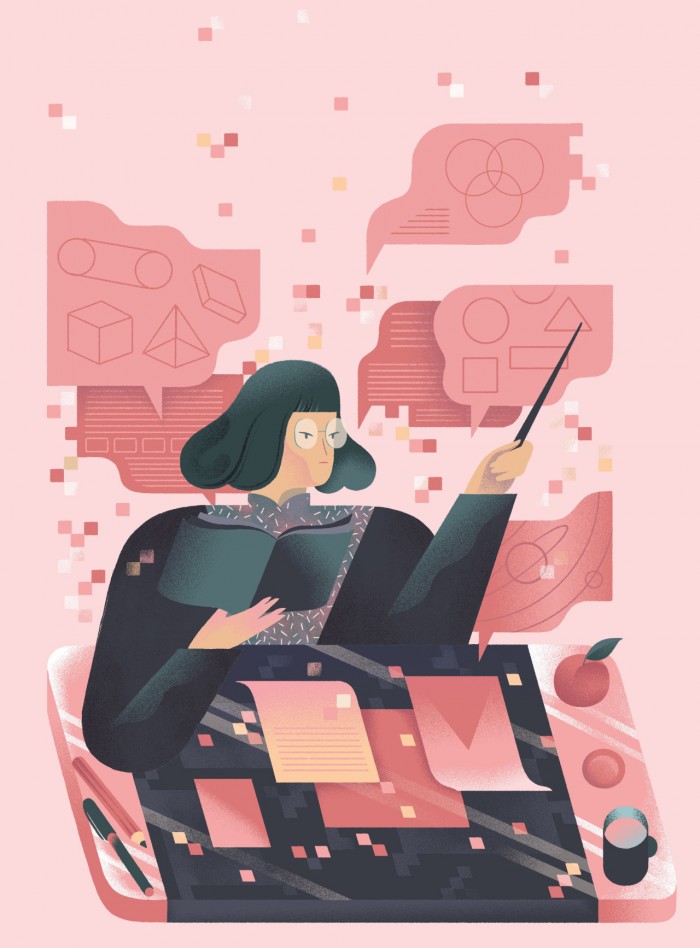
Illustration by Marina Muun
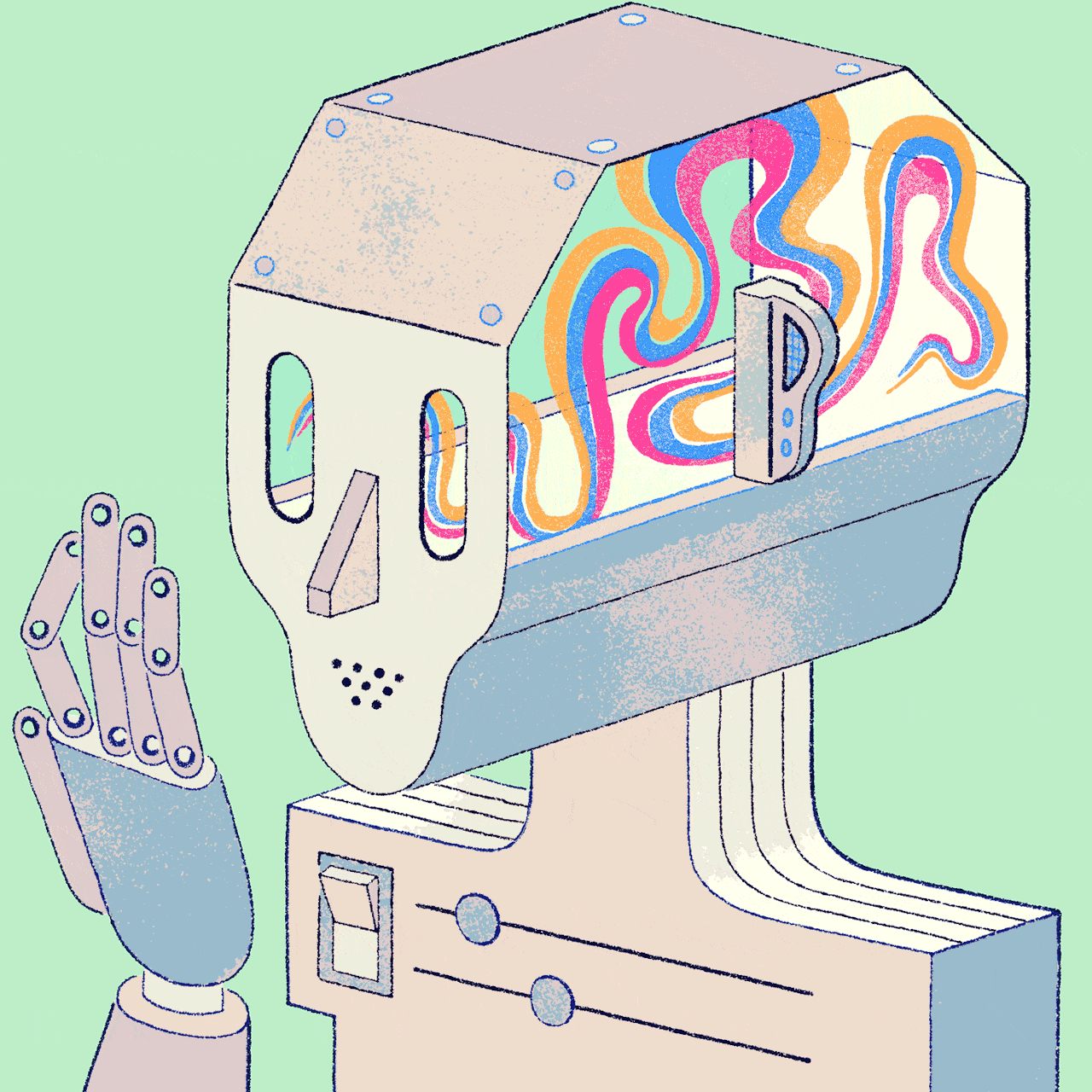
Illustration by Sophia Foster-Dimino
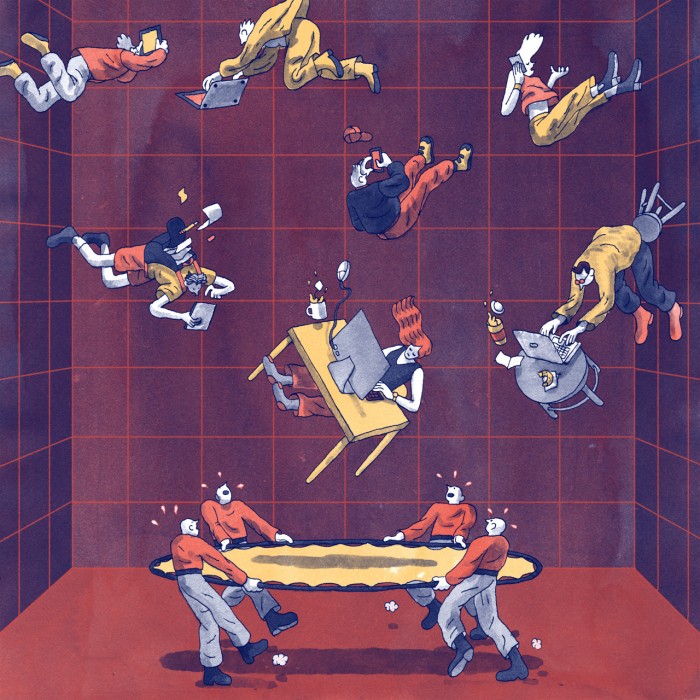
Illustration by Tim Peacock
Keep Reading
Most Popular
Large language models can do jaw-dropping things. But nobody knows exactly why.
And that's a problem. Figuring it out is one of the biggest scientific puzzles of our time and a crucial step towards controlling more powerful future models.
The problem with plug-in hybrids? Their drivers.
Plug-in hybrids are often sold as a transition to EVs, but new data from Europe shows we’re still underestimating the emissions they produce.
Google DeepMind’s new generative model makes Super Mario–like games from scratch
Genie learns how to control games by watching hours and hours of video. It could help train next-gen robots too.
How scientists traced a mysterious covid case back to six toilets
When wastewater surveillance turns into a hunt for a single infected individual, the ethics get tricky.
Stay connected
Get the latest updates from
MIT Technology Review
Discover special offers, top stories, upcoming events, and more.